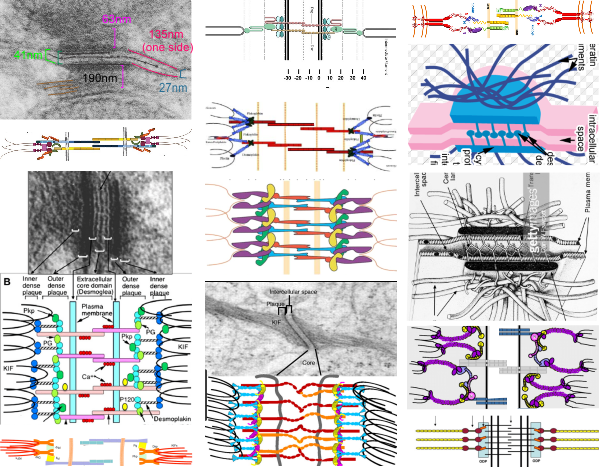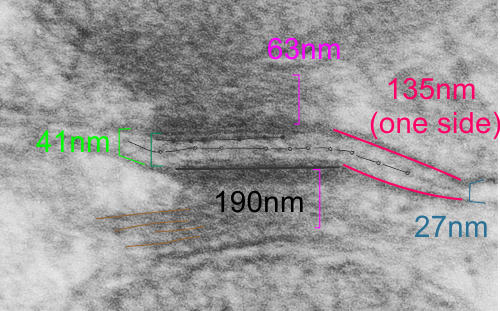THIS IS THE KIND OF INFO ThAT WE ALL NEED TO SEE DAILY
Reduce, Reuse and Running
Thanks to the incredible help of all participants, the Green Team volunteers, and staff, the 2017 Flying Pig Marathon weekend of events diverted a total of 78% of waste, exceeding our 2017 goal of 75%. We were able to successfully reduce our carbon footprint in numerous ways, including recycling heatsheets into Trex decking and railing products, recycling food wrappers through TerraCycle, recycling unused medals and participate bibs, and repurposing medal ribbons as lanyards or recycled through Goodwill’s textile recycling program. Banners, discarded clothing at the start, and leftover food were all donated to local charities. By offering carpool parking, we reduced the number of cars on the road by 1,194. We also offset part of our carbon footprint by partnering with Taking Root in planting 5 trees along the Pig marathon course.
The Flying Pig Marathon is excited to announce a partnership with Melink Corporation of Milford as the “Official Sustainability Sponsor” of the 2018 marathon weekend.
“We are thrilled to have Melink join the Flying Pig in our sustainability efforts,” said Iris Simpson Bush, Executive Director. “The Pig and its year-long events have made sustainability a prime focus for a decade now, and Melink will only help continue our efforts to preserve the environment.”


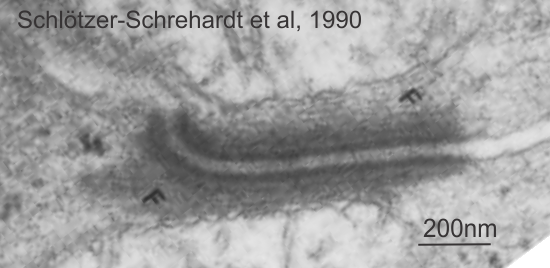
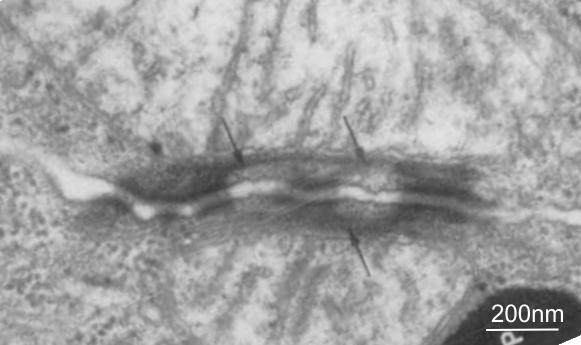
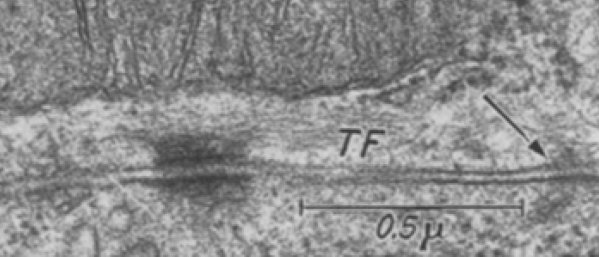
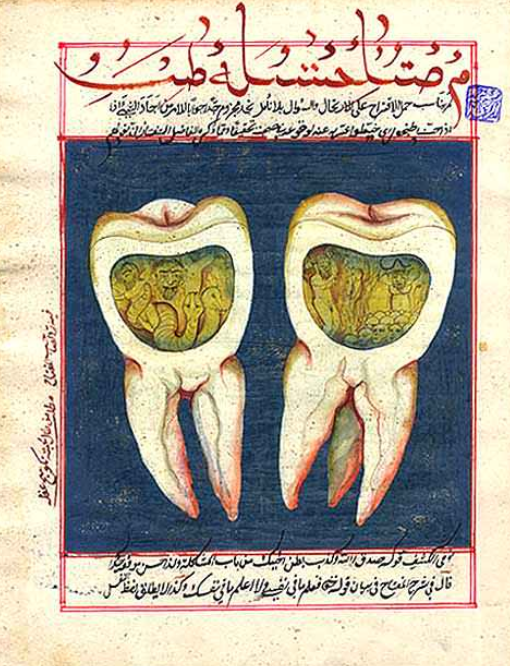

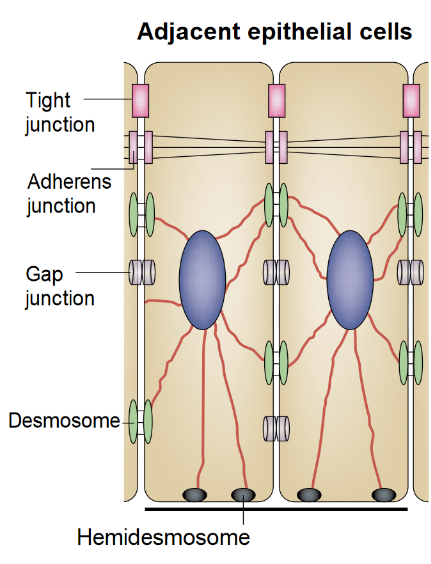 N
N